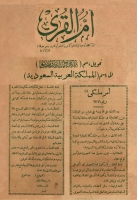
The Founding King Abdulaziz Bin Abdulrahman Al Saud unified the regions of the country under his rule over approximately thirty years. A Royal Order was issued announcing the unification of the country and naming it the Kingdom of Saudi Arabia on September 18, 1932, to take effect starting Thursday, September 23, 1932. After the proclamation of the unification of Saudi Arabia as an independent Arab state, its religion is Islam, its language is Arabic, its capital is Riyadh, and its constituti...

Horsemanship in the Reign of King Abdulaziz, purebred Arabian horses, and horsemanship are part of the historical and cultural heritage of the Kingdom of Saudi Arabia . After the unification of Saudi Arabia , they gained a national dimension, becoming a symbol of courage and pride in identity, as well as part of the military equipment that supported King Abdulaziz Bin Abdulrahman Al Saud in the battles to unify Saudi Arabia. Among his well-known horses at the time were “Munifah,” “Al-Suwa...
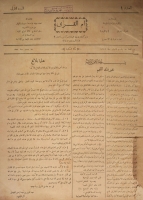
Printing and Publishing during the Reign of King Abdulaziz refers to the printing and publishing movement under the Founding King Abdulaziz Bin Abdulrahman Al Saud , which began in the cities of Makkah Al-Mukarramah , Al-Madinah Al-Munawwarah , and Jeddah on a limited scale. It focused on printing newspapers issued at that time, in addition to literary and religious books. The reign of King Abdulaziz witnessed the beginning of the organization of the printing sector. He also took interest in pr...
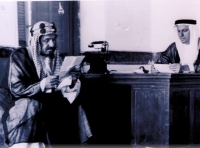
The Judiciary During the Reign of King Abdulaziz was one of the fundamental pillars in building the modern Saudi state. The Founding King, Abdulaziz Bin Abdulrahman Al Saud, was keen to entrench justice derived from Islamic Sharia, making it the primary reference in all matters related to personal status, civil, and criminal affairs. He was also keen on gradually organizing the judiciary in terms of its procedures, the concentration of its responsibilities, and the determination of its jurisdic...
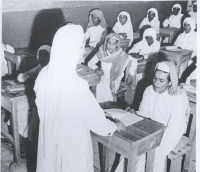
Education in the Reign of King Abdulaziz was the process of organizing, developing, and expanding education throughout the country. It began after the annexation of Hejaz by the Founding King Abdulaziz Bin Abdulrahman Al Saud in 1925, with the aim of spreading knowledge and learning among members of society, in addition to raising their awareness of religious matters and serving their homeland. The first curriculum was implemented in the reign of King Abdulaziz in 1926. Organizing education in ...
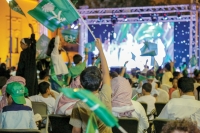
The Saudi people take pride in the glorious history of the founding and unification of the Saudi state. Saudis annually celebrate the Founding Day on February 22 and the National Day on September 23. The Founding Day, which was designated by a Royal Decree in 2022, commemorates the history of the establishment of the First Saudi State by Imam Mohammed Bin Saud in 1727. As for National Day, it commemorates the unification of the country and the naming of the Kingdom of Saudi Arabia by King Abdul...
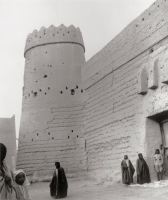
The Battle of Riyadh is the battle in which King Abdulaziz Bin Abdulrahman Al Saud recaptured Riyadh , and it marked the beginning of the foundation of the Kingdom of Saudi Arabia. The battle began on the morning of January 15, 1902, when King Abdulaziz and his sixty-three men entered Al-Masmak Palace and declared King Abdulaziz’s rule. Marching towards Riyadh After King Abdulaziz returned from his first attempt to recapture Riyadh in the Battle of Al-Sarif, he sought to persuade his father,...
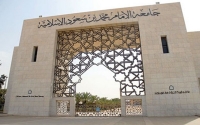
The Chair of King Abdulaziz for Saudi History Studies is a research chair focused on documenting and tracking the history of King Abdulaziz Bin Abdulrahman Al Saud and his efforts in founding the Kingdom of Saudi Arabia. It was established at Imam Mohammad Ibn Saud Islamic University (IMSIU) and is a research chair funded by the university. Vision and Mission of the Chair of King Abdulaziz for Saudi History Studies The Chair of King Abdulaziz for Saudi History Studies aims to achieve its vision...
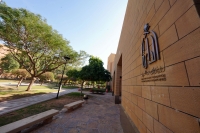
King Abdulaziz Memorial Hall is one of the sections of King Abdulaziz Foundation for Research and Archives (Darah) , located at its main headquarters in al-Murabba Neighborhood of Riyadh City , the capital of the Kingdom of Saudi Arabia . The hall highlights the historical aspects of the Kingdom's founder, King Abdulaziz Bin Abdulrahman Al Saud, displaying a selection of his belongings and a collection of photographs that reflect the development of historical events in the Kingdom. Content...
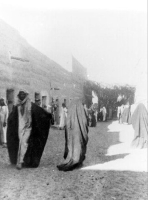
Qassim Province is one of the administrative regions of the Kingdom of Saudi Arabia . The seat of its emirate is Buraydah City . Notable pre-Islamic poets who lived therein include Antara Ibn Shaddad, Zuhair Bin Abi Salma and his son, Kaab Bin Zuhair. Qassim is located at the center of the Kingdom, in Najd Plateau encompassing Riyadh , Qassim, and Hail Province s. It was named Qassim due to its sandy soil and twisted trees formed by fertile soil and abundant water. Arabian tribes that lived in ...
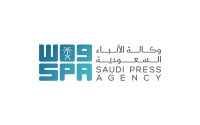
Saudi Arabia's History Exhibition is a historical cultural event that showcases the stages of the establishment and unification of the Kingdom of Saudi Arabia through interactive visual technologies. This exhibition is organized by the Saudi Press Agency (SPA) at the main conference center at its headquarters in Riyadh City. Saudi Arabia's History Exhibition and chronological timelines Saudi Arabia's History Exhibition was inaugurated on September 20, 2023, coinciding with the ni...

The foundations of the Saudi State establishment were laid in the eighteenth century, with its governance commencing in 1727 by consolidating social cohesion, safeguarding citizens, securing Hajj routes, and serving the Two Holy Mosques, in addition to facing attempts to undermine the social fabric and security of the region. The founding of the Saudi State was an extension of its deep-rooted origins in the Najd region, with Diriyah as its first capital and the Holy Quran and Prophetic Sunnah a...